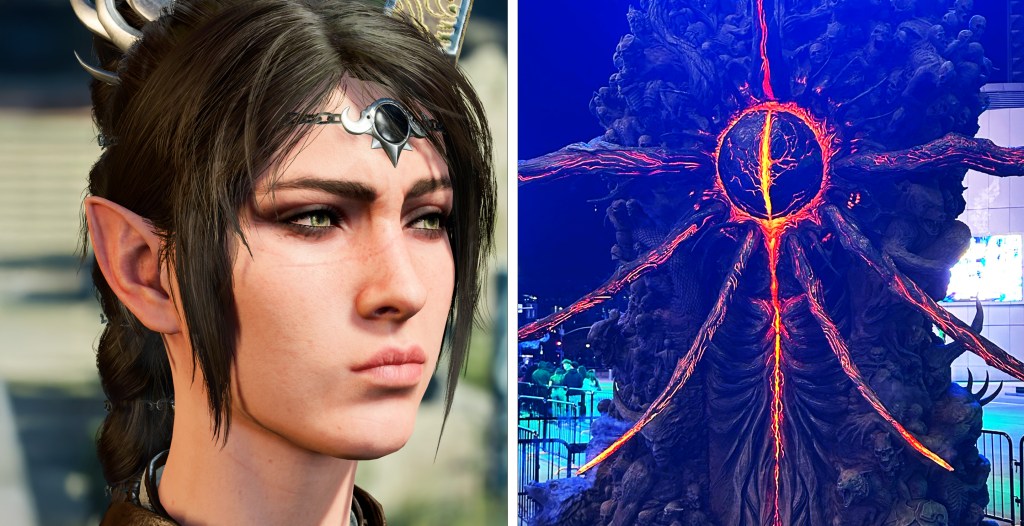Since the 1990s, scientists have discovered thousands of exoplanets, which are worlds that orbit stars other than the Sun, revealing that our galaxy contains a dizzying variety of extraterrestrial environments, some of which may host life.
Now, NASA is inviting volunteers to join the hunt for new exoplanets by examining images snapped by the Transiting Exoplanet Survey Satellite (TESS), which has been in orbit around Earth since 2018.
Videos by VICE
On Monday, NASA launched the citizen science project Planet Patrol on Zooniverse, enabling anyone with an internet connection to spot and classify likely exoplanets in TESS’ starry images.
Veselin Kostov, a research scientist at NASA’s Goddard Space Flight Center in Maryland and the SETI Institute in California, said the project already has more than 1,600 participants who have collectively delivered 100,000 individual classifications in just three days.
“Citizen science projects are a great way to engage our built-in, never-ending curiosity about the world we live in—be it our own planet or a planet a hundred light years away,” said Kostov in an email.
Planet Patrol can also “promote a sense of a community pursuing the common goal of understanding the universe and our place in it,” Kostov added, which is especially welcome at a time when many people are stuck at home due to the Covid-19 pandemic.
TESS is designed to spot exoplanets as they pass in front of the stars they orbit, which is known as a transit. Transits cause the star’s brightness to fade slightly, and if these light dips occur at regular intervals, it’s a good sign that a planet may be present.
Once the existence of an exoplanet has been confirmed, scientists can conduct follow-up observations that reveal basic properties of the world, including whether it might be habitable. For this reason, exoplanet-hunting is an important component of the search for extraterrestrial intelligence (SETI).
“Finding exoplanets is intrinsically relevant to SETI as you need to know where to search for in the first place,” Koslov said.
Since TESS takes hundreds of thousands of pictures each year, scientists use automated software and machine learning to sift through its voluminous data pipeline. These systems can flag likely exoplanets to a certain extent, but they have trouble recognizing “imposter” events that may look like transits, but are not actually caused by exoplanets.
For instance, binary systems that contain two stars can produce a light dip that automated processing software might accidentally catalog as an exoplanet candidate.
“The most common impostors are eclipsing binary stars,” Kostov said. “Another source of false positives is systematic effects like instrument and/or astrophysical noise that distort the TESS images so much that the results produced by the automated processing are unreliable.”
“The human eye is very good at quickly and reliably spotting such image distortions,” he added.
Planet Patrol participants are tasked with evaluating the quality of TESS images used to distinguish between potential false positives and bona-fide planet candidates. It’s the latest of several exoplanet-hunting platforms that have benefitted from the time and dedication of amateur space enthusiasts, such as Planet Hunters and Exoplanet Explorers (Backyard Worlds, in contrast, looks for objects in the outer solar system).
“It’s an extremely rewarding and enjoyable experience for us and, hopefully, for them as well,” said Kostov. “My hope is that the project sparks a continuous interest in exoplanets in particular and in astrophysics in general.”
More
From VICE
-

Screenshot: Larian, X @shinobi602 -

Gene Siskel and Roger Ebert (Photo by Norm Staples/Getty Images) -

One of the finalists, "Now Which Direction Is My Nest?" (Credit: Alison Tuck) -

Credit: Google
